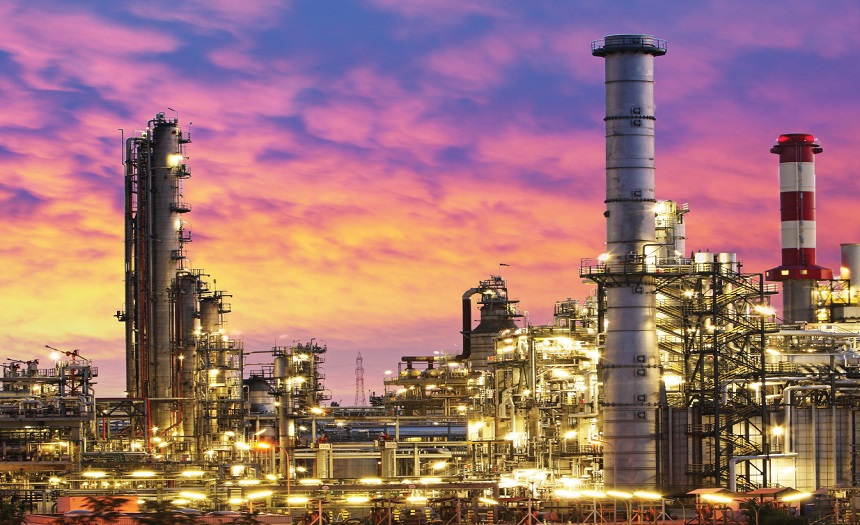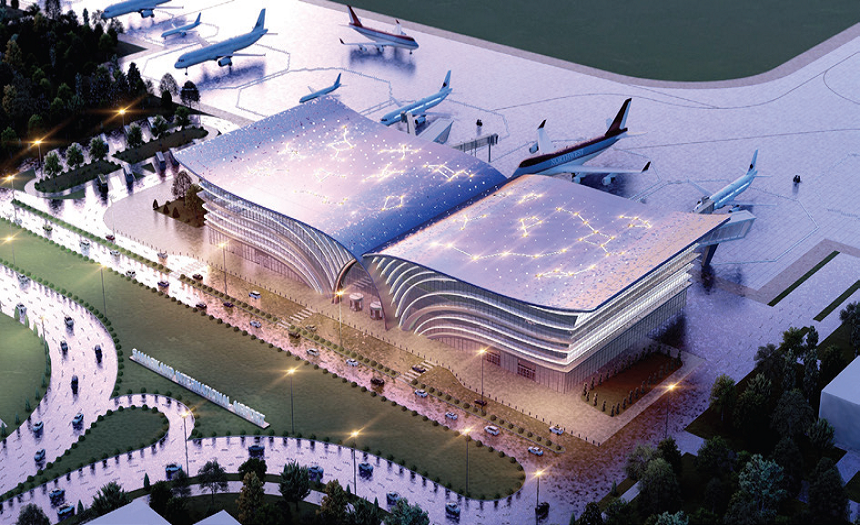By: Trends Editorial Team
Uzbekistan sits on the ancient Silk Road, strategically located at the crossroads between Europe and Asia. It is one of the fastest-growing economies in Central Asia: Despite the COVID-19 pandemic, the country’s GDP grew by 1.9% in 2020, with a subsequent strong recovery of 7.4% in 2021, according to the State Committee of the Republic of Uzbekistan on Statistics (SCS). The country, whose population totals 36 million, represents a large market for various goods and services, as well as a gateway to the markets of the Commonwealth of Independent States (CIS) and neighboring countries. Large-scale political and economic reforms have been ongoing in Uzbekistan since President Shavkat Mirziyoyev’s election in 2016, which have led to a more open, market- oriented economy and a more favorable investment climate, amid efforts for the privatization of major state-owned enterprises.
Uzbekistan holds abundant reserves of natural gas, gold, uranium, silver, copper, and many other minerals. This provides multiple viable investment opportunities, and cushions the country’s macroeconomic stability. The country has a young and qualified labor force and offers a variety of tax and customs incentives for cost-effective investment and trade.

Railways and Roads: According to SCS, the total length of railways in Uzbekistan was 4,732.8 km in 2021. Railways have the highest volume of foreign freight, accounting for 39.1 million tonnes (79% of total foreign freight). High-speed passenger trains, Afrosiyob, prima- rely on operate along the Tashkent, Samarkand and Bukhara routes, connecting Tashkent and Samarkand in about two hours. The total length of Uzbekistan’s automobile road network was 184,000 km in 2021. Road transport of foreign freight accounts for 10.4 million tonnes (21% of total foreign freight).

Uzbekistan is connected with international markets through several land routes. The largest route in terms of cargo volume is the East route, linking Uzbekistan with the sea- ports of Far East Russia (Vladivostok) and China (Shanghai) via Kazakhstan. Construction of a railway via Kyrgyzstan to China—the Uzbekis- tan-Kyrgyzstan-China railway—is presently under negotiation, as it would provide a shorter route to China than the Kazakhstan one. The North and West routes connect Uzbekistan with Russia (Moscow), and Europe via the Caspian Sea and the Caucasus. The South route provides access to seaports in Iran (Chabahar) via Turkmenistan, and in Pakistan (Karachi, Gwadar and Qasim) via Afghanistan by road. A feasibility study is being prepared on the Trans-Afghan railway connecting Uzbekistan with Pakistan’s major seaports via Afghanistan.
Airports: Uzbekistan has 11 airports, having served 5.4 million passengers and 82 thousand tonnes of cargo in 2021 (0.1% of the total foreign freight). Tashkent Islam Karimov International Airport is the largest airport in the country, serving approximately 4.5 million passengers with a terminal capacity of 1,200 passengers per hour. Samarkand International Airport, a tourist hub, is the second-largest airport, with a terminal capacity of 400 passengers per hour. A new terminal opened in March 2022, which is expected to increase the airport’s capacity to 1,000 passengers per hour.



